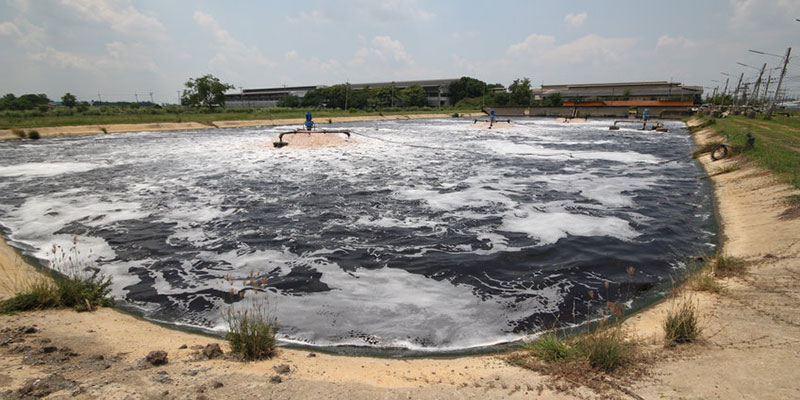Nitrous oxide emissions occur in aerated zones of wastewater treatment plants, and emission levels tend to vary significantly between plants.
Wastewater treatment choices can reduce emissions of the potent greenhouse gas
The harmful effects of carbon dioxide on the atmosphere are well known, but another greenhouse gas, nitrous oxide, does considerably more damage to the environment. Many human activities, including wastewater treatment, release nitrous oxide into the atmosphere. This is particularly alarming in light of a 2020 study published in Nature that found atmospheric levels of nitrous oxide are steadily rising.
Like carbon dioxide molecules, nitrous oxide molecules are durable, remaining in the atmosphere for an estimated 114 years. Although the gas is part of the earth’s natural nitrogen cycle, human activities overload the atmosphere with nitrous oxide. Various activities produce nitrous oxide including wastewater treatment, agricultural land use, industrial processes, and combustion of fossil fuels and solid waste.
Agricultural Nitrous Oxide Emissions Up 30%
Agriculture, particularly the application of nitrogen fertilizer, accounts for 75% of the nitrous oxide that humans release into the environment; agricultural emissions are up 30% over the past 40 years.
Nitrous oxide accounts for only 7% of all anthropogenic greenhouse gas emissions in the United States, but it packs an outsized punch. The climate warming effect per unit of nitrous oxide is a staggering 300 times that of carbon dioxide, and recent increases in nitrous oxide emissions are prompting urgent calls to mitigate emissions. To make matters worse, nitrous oxide also depletes the ozone layer.
Wastewater Treatment and Nitrous Oxide
Nitrous oxide is generated during the nitrification-denitrification stage of biological wastewater treatment. During nitrification, ammonia oxidizes into nitrites and nitrates. During denitrification, those compounds are then converted into nitric oxide and nitrous oxide, and some in turn are converted to harmless nitrogen gas. Nitrous oxide emissions primarily occur in aerated zones and compartments, or through active stripping. Ammonia-oxidizing bacteria are the main cause.
Although broad data is limited, biological wastewater treatment is probably underestimated as a source of nitrous oxide emissions. It is, however, known that emission levels tend to vary significantly between wastewater treatment plants, ranging from negligible up to a few percent of the nitrogen load. Variations in plant design and operating conditions are thought to be responsible for this variability.
MABR Technology and Reduced Emissions
While nitrous oxide emissions during wastewater treatment are inadequately studied, a general correlation of nitrogen and nitrous oxide removal rates is known to exist, so there is no inherent tradeoff between effluent quality and lower nitrous oxide emissions.
The membrane aerated biofilm reactor (MABR) technology at the core of many Fluence wastewater treatment products removes 90% of nitrogen, with a standard range of nitrous oxide emissions 50-60% lower than with typical wastewater treatment methods. One study found that nitrous oxide emissions from MABR are two orders of magnitude lower than conventional biofilm reactors. This is primarily due to the efficient oxygen transfer to ammonia oxidizing bacteria (AOB’s) and simultaneous nitrification-denitrification in MABR’s unique counter diffusional biofilm. Fluence MABR plants account for a 248,000 ton/year reduction in nitrous oxide emissions.
Fluence products that use MABR to achieve exceptional nutrient removal rates include Aspiral™ wastewater treatment units, Nitro shortcut nitrogen removal units, and SUBRE units for plant upgrades. Fluence MABR units also are available as purpose-built plants.
MABR technology provides a number of important benefits, including energy efficiency. Aeration is the main power user of biological treatment, and MABR slashes aeration power requirements by 90%.
MABR is a robust process with lower maintenance and operation needs than activated sludge plants. Smart Packaged Aspiral™ plants can be monitored and operated remotely by smartphone app by nonspecialized personnel to further simplify operations.
MABR can help you slash your nitrous oxide climate impact with no upfront investment. Contact our experts to learn more about how MABR reduces nitrous oxide emissions.

